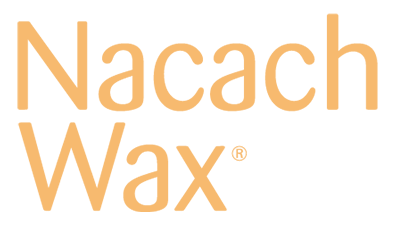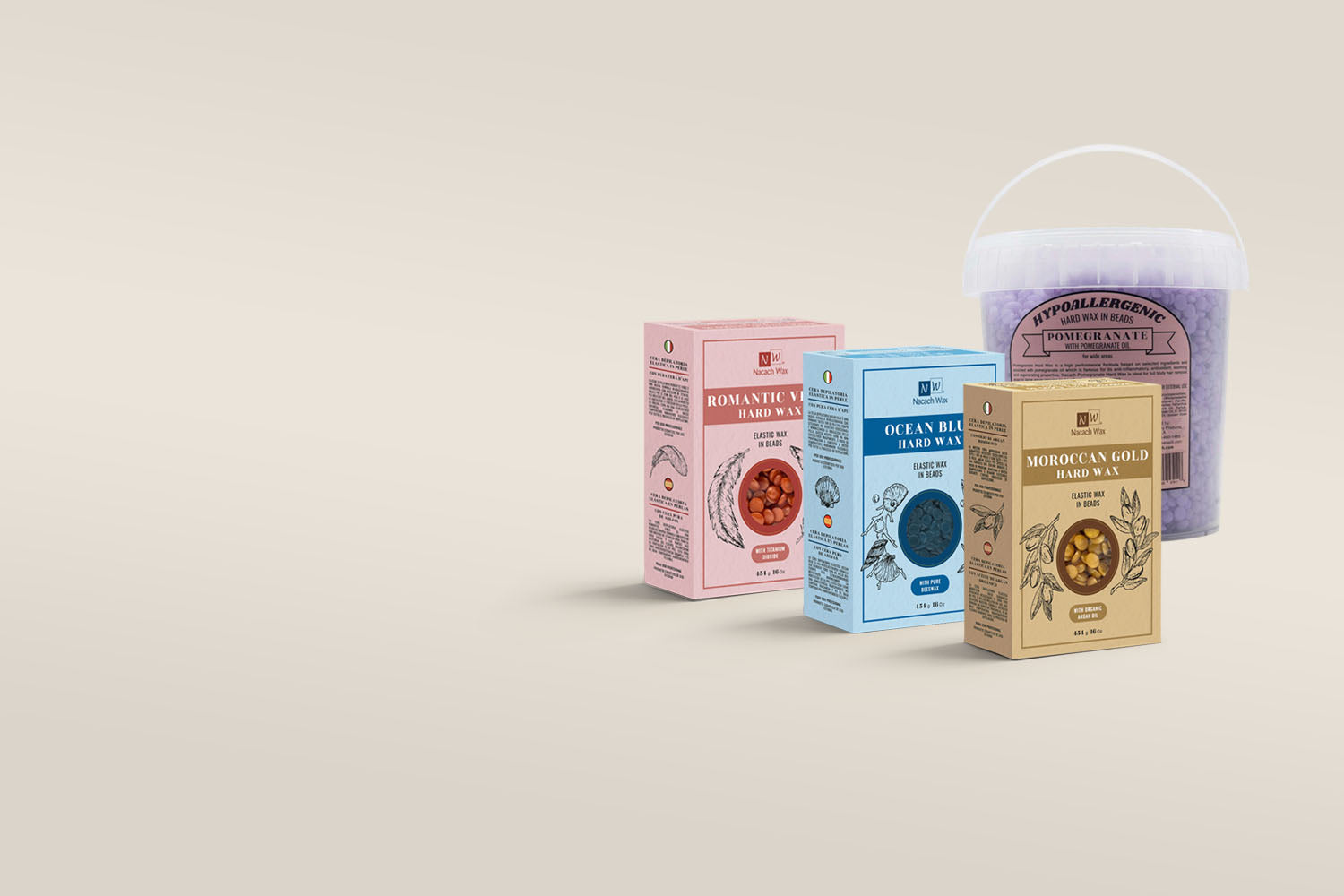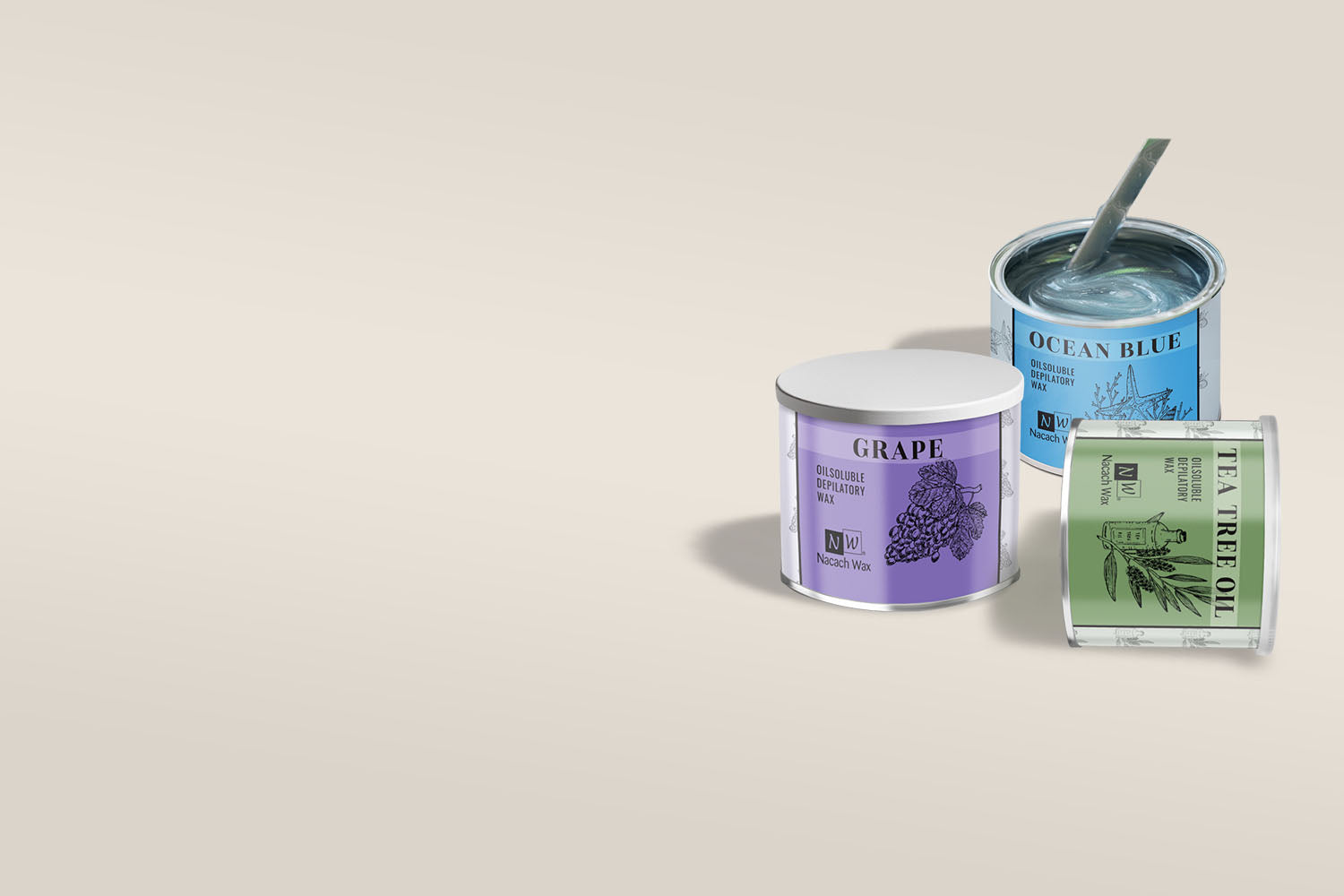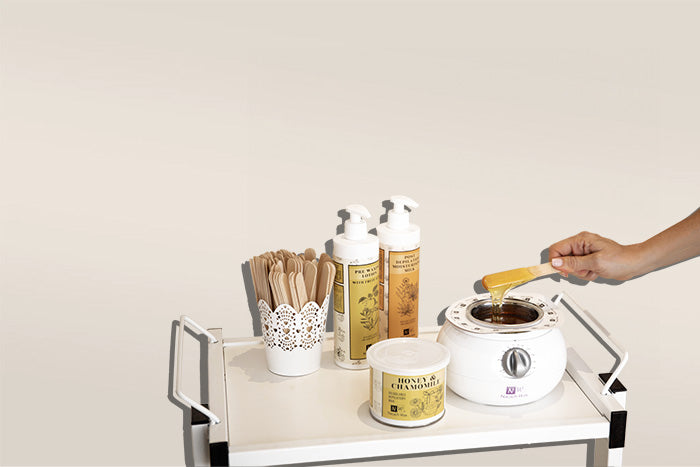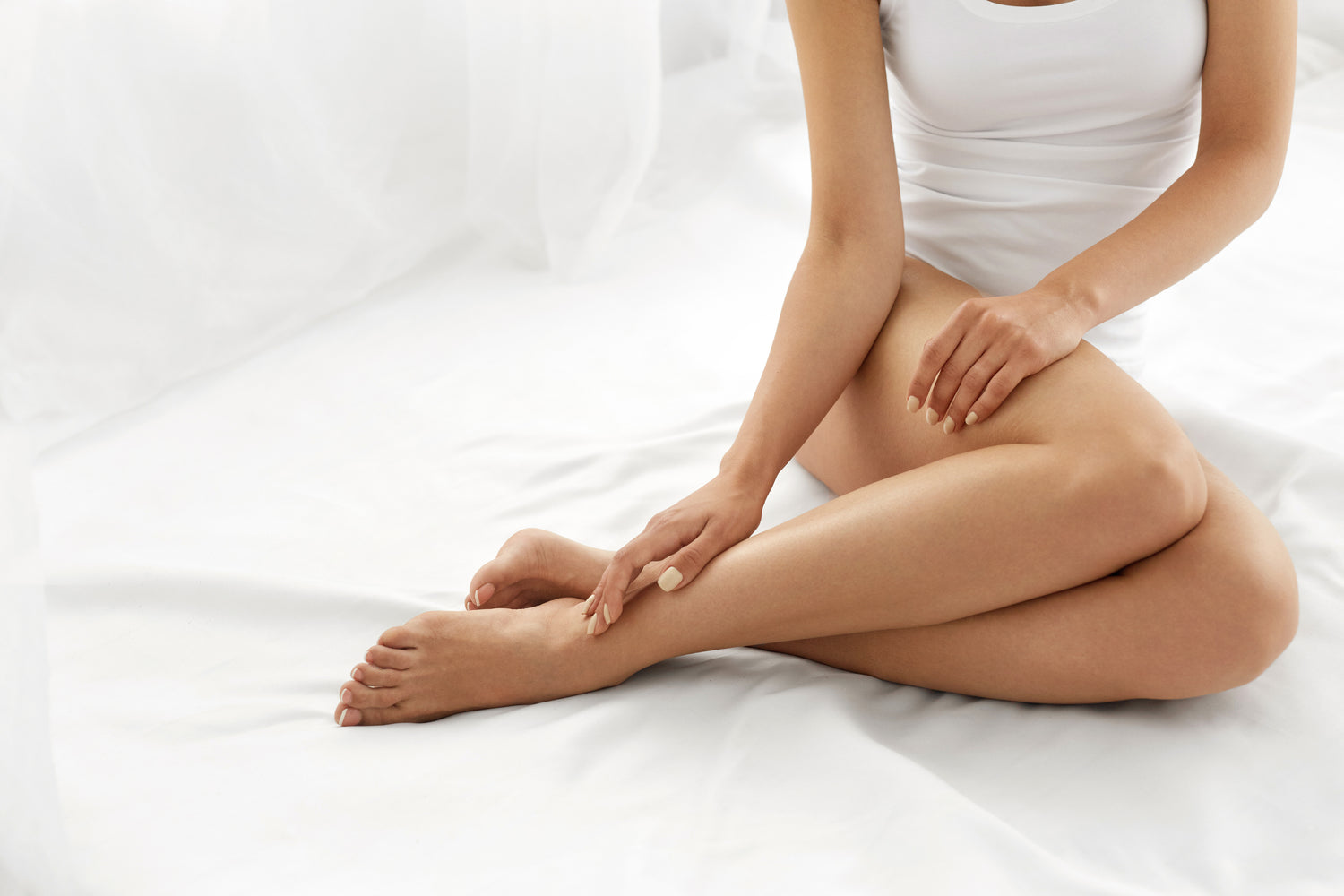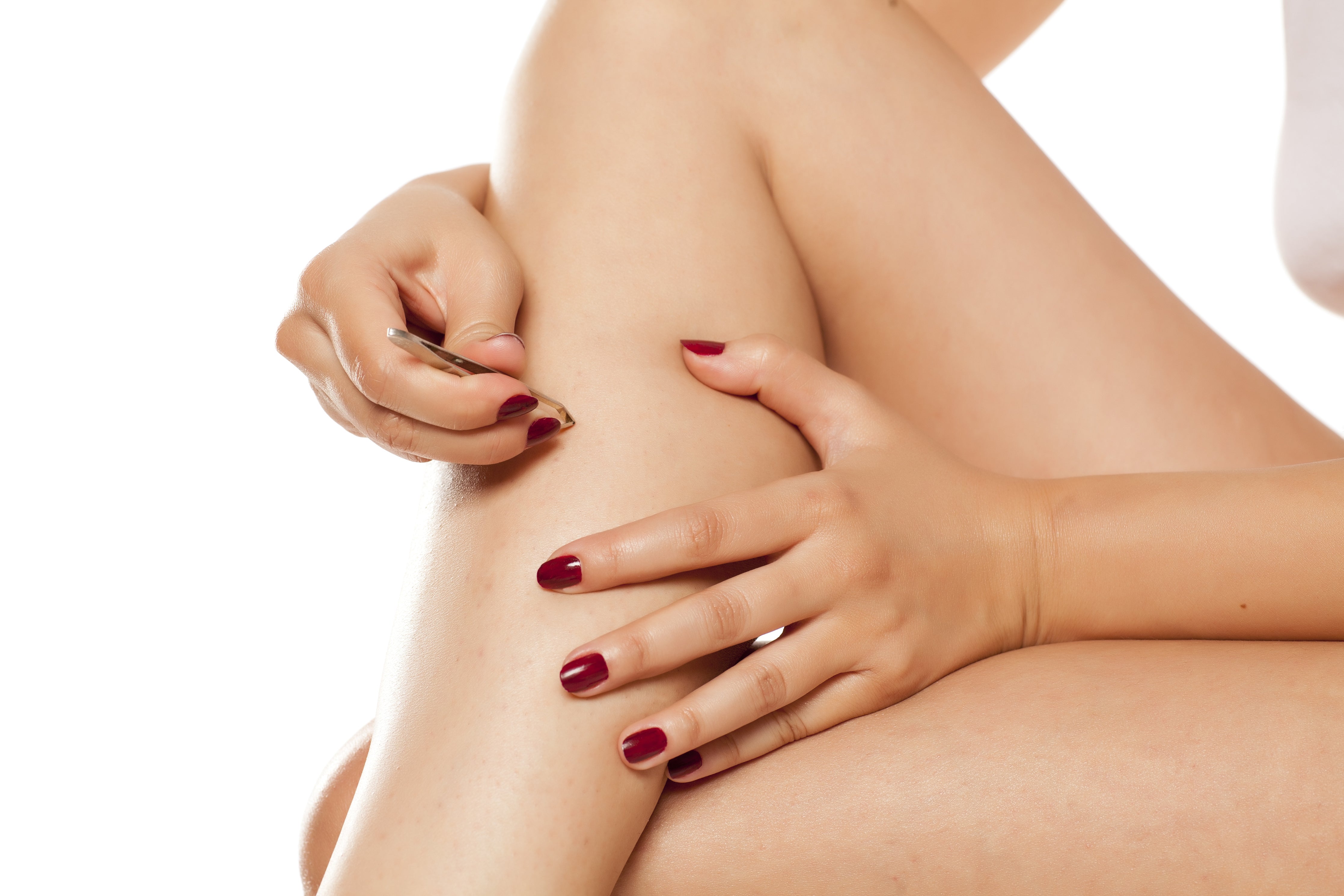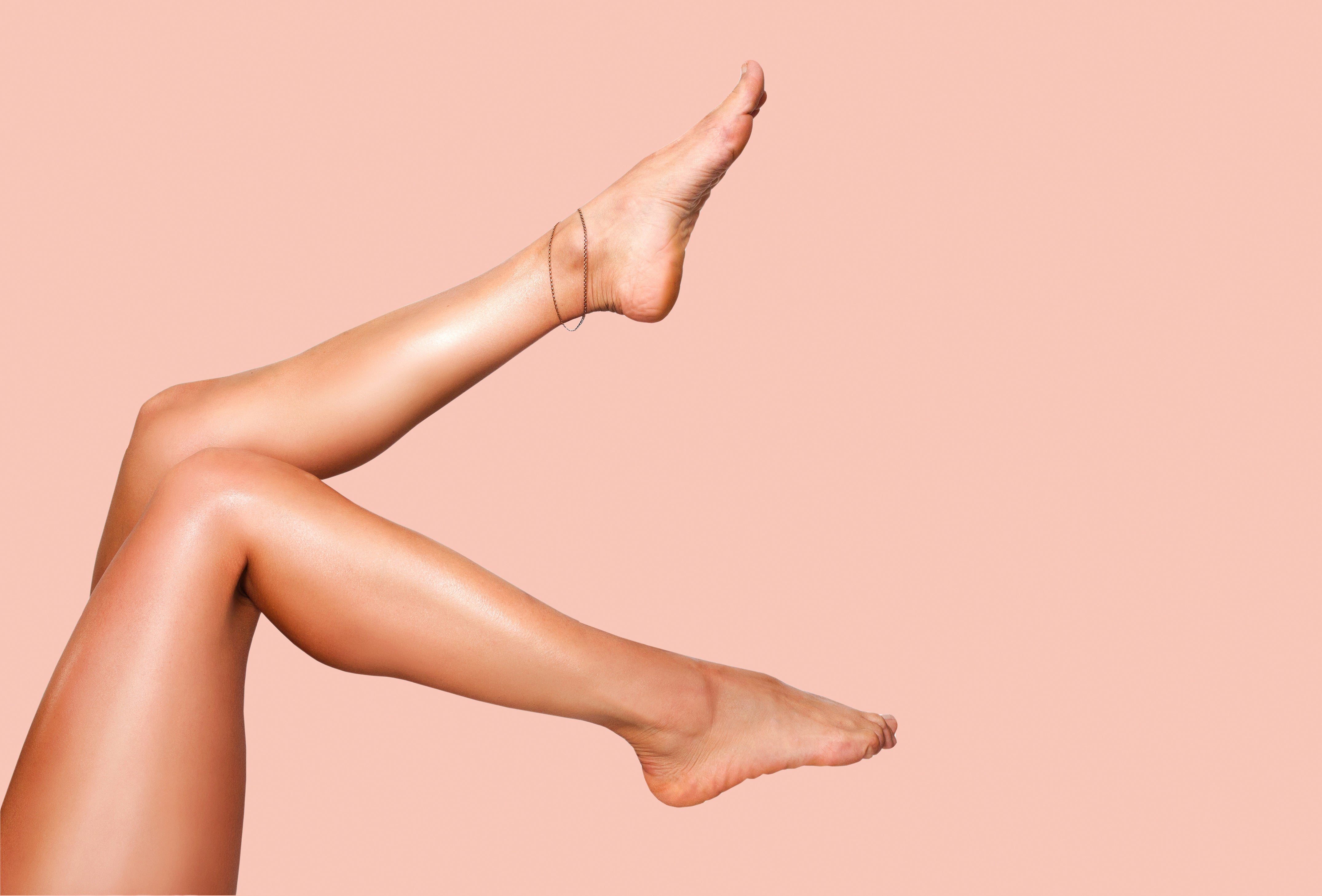Unwanted body hair is no fun, especially when you’re planning the perfect outfit or makeup look. If you want to change up your brow game or even learn how to stop hair growth in its tracks, there are several methods you should know about.
Permanent Hair Removal
When you’re looking for answers on how to stop hair from growing, it can be frustrating to learn that many solutions don’t prevent your unwanted hair from returning almost right away. Luckily, there are some hair removal options that last longer than others, and some that are even considered to be permanent. If you want to get rid of unwanted peach fuzz, a unibrow, or other hair that bothers you, you now have a huge variety of options to consider.
How to Remove Hair: Permanent and Pain-Free?
The American Academy of Dermatology Association advises that you should talk to a dermatologist if your hair or hair removal methods are causing a skin problem or if you suddenly have a lot more hair than you used to. Once you’re all set on that front, read on to discover the best answers to how to remove hairs permanently.
Electrolysis

In order to remove hair forever, you need to target the hair follicle. The follicle, or root, is what anchors each hair into the skin. Each hair sprouts from its own individual follicle. Electrolysis is the most effective permanent hair removal option, as it targets each follicle using a very thin needle. An electric current is sent along the needle, shocking the follicle and damaging it, so it can’t regrow.
Electrolysis can be expensive and should always be done by a professional. It also may take multiple sessions to be 100% effective if you have particularly dark and thick hair. The number one question is, does it hurt? It can be painful for some people, and there are a lot of individual follicles to target. Others feel only a little heat or a pinch.
Laser Hair Removal

Is laser hair removal permanent? The answer is more complicated than just a straightforward “yes.” Even the best laser hair removal requires regular appointments, and the hair may never be all gone. Laser hair removal targets the melanin, or coloring of your hair, and lightens it, weakening the hair shaft over time. The process should also be done by a certified technician, as at-home kits can seriously damage your skin if used incorrectly. It can also be painful, with some people comparing the pain to snapped rubber bands against the skin. The process is much faster than electrolysis, though, and can also reduce ingrown hairs.
Prescription Strength Cream

For this solution, you will definitely need to speak to a dermatologist. If they give you the green light, Vaniqa is one cream that has been FDA-approved for hair removal. Originally developed to treat African sleeping sickness and as an anti-cancer agent, Vaniqa is proven to slow the growth of hair when applied regularly twice a day.
While this cream is an easy, painless option, the downside is that you have to avoid washing your face for around 4 hours after each application. Additionally, you will need to use conventional hair removal options like waxing or shaving until your hair regrowth has been stalled enough to see a difference.
How to Remove Hairs: Other Methods
Now that you know about the best permanent hair removal options, how do they stack up against semi-permanent ways to remove unwanted hairs?
For one, all of these semi-permanent hair removal techniques are far less expensive than the other ways listed. They can often be done more reliably at home, without needing to make appointments, involve a professional, or risk skin damage if something goes wrong.
Another thing to consider is that trends don’t last forever. People used to pluck their eyebrows into thin arches; now, thick brows are all the rage. If you want to shape your facial hair without the risk that you might get attached to a trend on its way out, a lower-commitment option may be better for you than permanent facial hair removal.
Waxing

Waxing is commonly known as the most effective of the semi-permanent hair removal solutions. When you wax your legs or other body parts with professional-grade wax, you should begin to see less regrowth, thinner or finer hair growth, as well as fewer ingrown hairs. The process of waxing also exfoliates the skin, leaving it smoother and softer. Nacach Hard Wax and Soft Wax come in hypoallergenic varieties designed to reduce any redness or irritation. Nacach Roll-On Wax eliminates any need to deal with sticky residue or excess heat, giving you the easiest and gentlest waxing experience possible.
Sugaring

Sugaring is a common alternative to waxing since it pulls even less on the skin, making it less painful and leaving behind less redness. Nacach Sugar Paste is water-soluble and all-natural, specially formulated for sensitive skin. Sugaring gives most of the benefits of waxing while leaving the skin feeling smooth and hydrated and side-stepping any shaving rashes.
Tweezing

When done correctly, tweezing can be incredibly effective at removing unwanted hair, although the process can be painstaking and painful. Tweezing removes hair one strand at a time. If pulled out cleanly, the hair may not regrow. However, if the hair snaps off instead, the hair may become ingrown or continue to resurface. Threading is a common alternative to tweezing since it is a similar technique, but faster removing multiple hairs at once.
